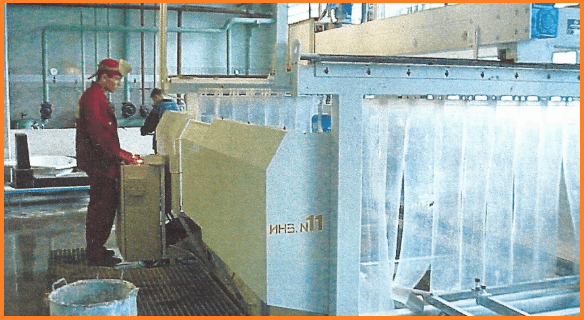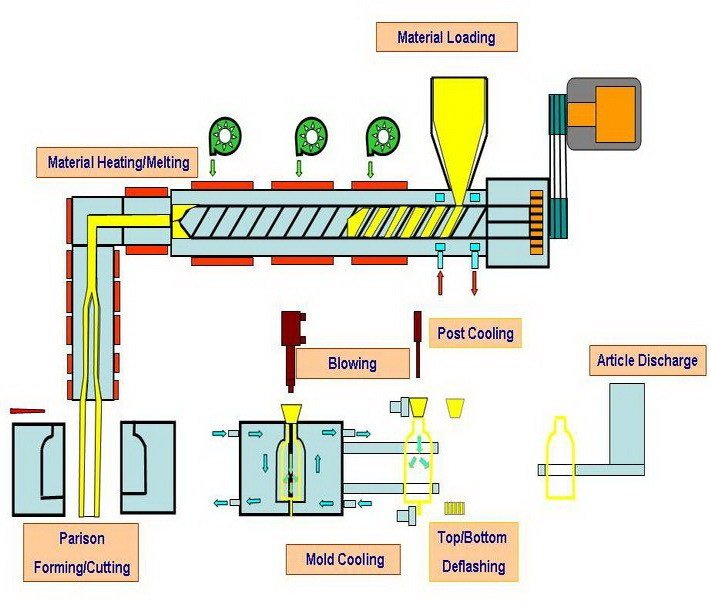Polymer Engineering

Polymer engineering is generally an engineering field that designs, analyses, and modifies polymer materials. Polymer engineering covers aspects of the petrochemical industry, polymerization, structure, and characterization of polymers, properties of polymers, compounding, and processing of polymers and description of major polymers, structure-property relations, and applications.
Materials
The basic division of polymers into thermoplastics, elastomers, and thermosets helps define their areas of application. The latter group of materials includes phenolic resins, polyesters, and epoxy resins, all of which are used widely in composite materials when reinforced with stiff fibers such as fiberglass and aramids.
Since crosslinking stabilizes. the thermoset polymer matrix of these materials, they have physical properties more similar to traditional engineering materials like steel. However, their very much lower densities compared with metals makes them ideal for lightweight structures. In addition, they suffer less from fatigue, so they are ideal for safety-critical parts that are stressed regularly in service.
Thermoplastics have relatively low tensile moduli, but also have low densities and properties such as transparency which make them ideal for consumer products and medical products. They include polyethylene, polypropylene, nylon, acetal resin, polycarbonate, and PET, all of which are widely used materials.
Elastomers are polymers which have very low moduli and show reversible extension when strained, a valuable property for vibration absorption and damping. They may either be thermoplastic (in which case they are known as Thermoplastic elastomers) or crosslinked, as in most conventional rubber products such as tires. Typical rubbers used conventionally include natural rubber, nitrile rubber, polychloroprene, polybutadiene, styrene-butadiene, and fluorinated rubbers.
Applications
Typical uses of composites are monocoque structures for aerospace and automobiles, as well as more mundane products like fishing rods and bicycles. The stealth bomber was the first all-composite aircraft, but many passenger aircraft like the Airbus and the Boeing 787 use an increasing proportion of composites in their fuselages, such as hydrophobic melamine foam.
The quite different physical properties of composites give designers much greater freedom in shaping parts, which is why composite products often look different from conventional products. On the other hand, some products such as drive shafts, helicopter rotor blades, and propellers look identical to metal precursors owing to the basic functional needs of such components.




